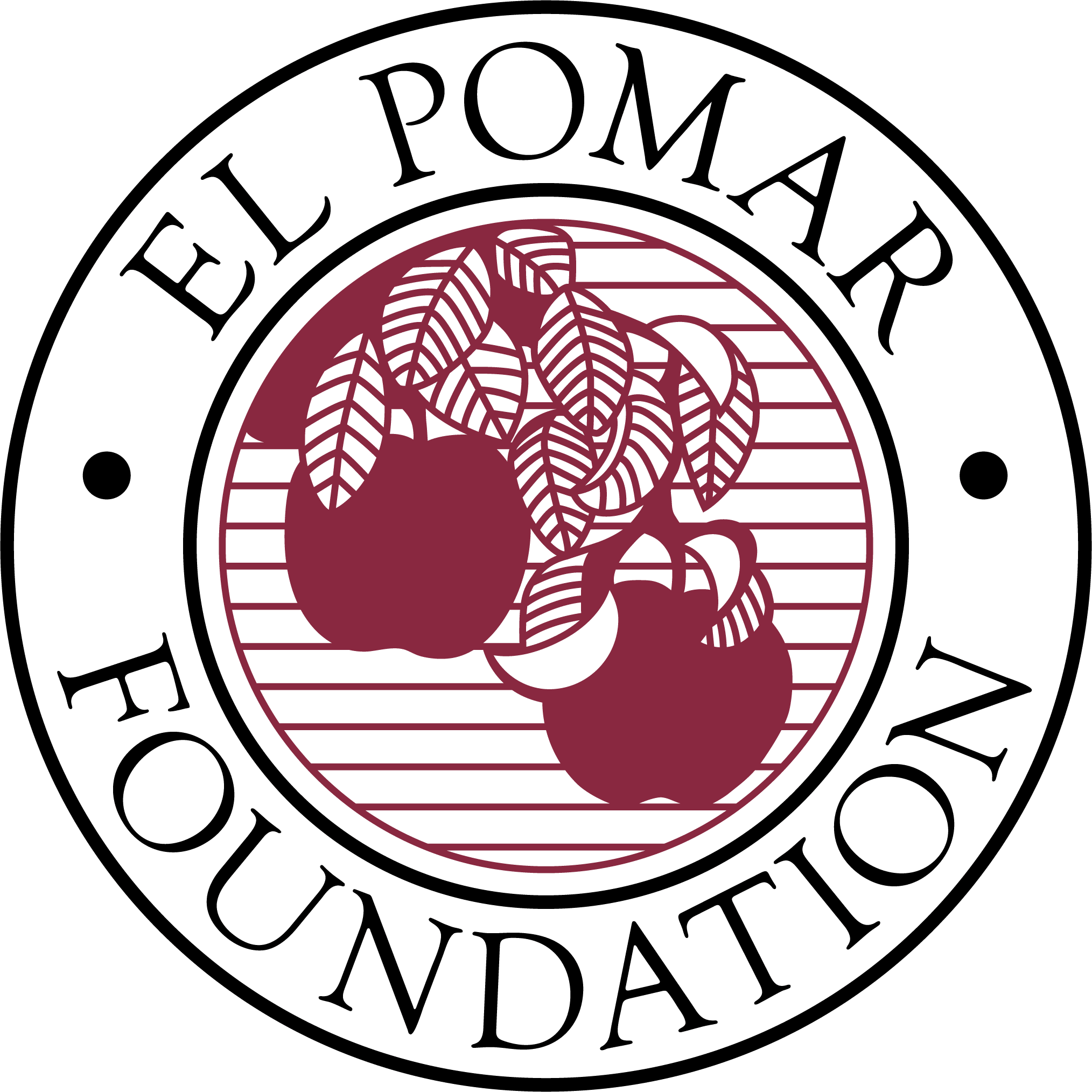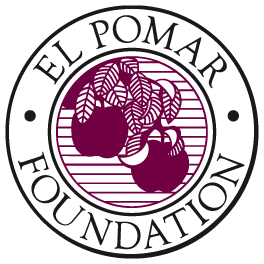In the Pikes Peak Region, fire is not a distant threat. In just the past 15 years, two of Colorado’s four most destructive wildfires, Waldo Canyon in 2012 and Black Forest in 2013, tore through over 800 homes and reshaped landscapes and those communities. Although these horrific fires happened over a decade ago, the threat of wildfire continues to loom over Colorado Springs and its surrounding area.
When El Pomar Foundation’s Pikes Peak Heritage Series asked community partners what issues weighed most heavily on the region, wildfire rose to the top. The result was Learning to Live with Wildfire in the Pikes Peak Region, a public event held in May that brought together voices from across sectors to explore not just how we respond to fire but how we understand it, live with it, and prepare for what’s next. The event sought to educate and engage the community on the historical precedence of fire in the region, the laws that have affected its management, Indigenous mitigation practices, and how fire is changing around the state.
Opening remarks from Fire Chief Randy Royal and Mayor Yemi Mobolade reinforced the role of Colorado Springs Fire Department and the City of Colorado Springs in helping respond to the ever-changing wildfire threat in our community and how individuals can help so history does not repeat itself.
They were followed by Anna Cordova, Regional Parks Manager and Lead Archaeologist for Colorado Springs Parks, Recreation, and Cultural Services. She introduced the Indigenous concept of Hozho, a Navajo philosophy of balance and harmony, and invited the audience to see fire not as an enemy, but as a natural force that, when respected, can help restore equilibrium to the land. She spoke of collaboration with local Ute partners on fuel mitigation projects, and of the shared responsibility we carry—not just for today, but for future generations.
Retired Fire Marshal Brett Lacey and current Fire Marshal Kris Cooper traced the history of fire in the United States and brought it home to Colorado Springs. They explained how wildfire now threatens communities in two ways: through the Wildland Urban Interface (WUI), where homes meet forest, and through urban conflagration, where fire spreads rapidly through densely built environments. The Pikes Peak Region is vulnerable and, as development pushes further into fire-prone areas, the risks multiply.
John Putnam, from Putnam Assurance and Risk Services, LLC, closed the evening with a look at the state of fire insurance. He spoke of rising premiums, shifting statewide policies, and how costly wildfires can be for the community. He also offered practical steps homeowners can take to reduce risk, lower costs, and prepare for the financial realities of living in a wildfire-prone state.
What emerged from the discussion was the recognition that fire is not just a force to fight, but a reality our community will be forced to live with. Preparedness isn’t just the job of fire departments, but of every individual, every neighborhood, and every policymaker. History and Indigenous knowledge can guide us toward a more balanced, resilient future.
Learning to Live with Wildfire reminded us that when we come together—not just in crisis, but in planning, learning, and action—we can reduce the risk for when disaster strikes.
Want to learn more?
- Watch a recording of the event here
- Join the next Colorado Springs Fire Department town hall on wildfire preparedness
- Explore resources shared by our panelists



